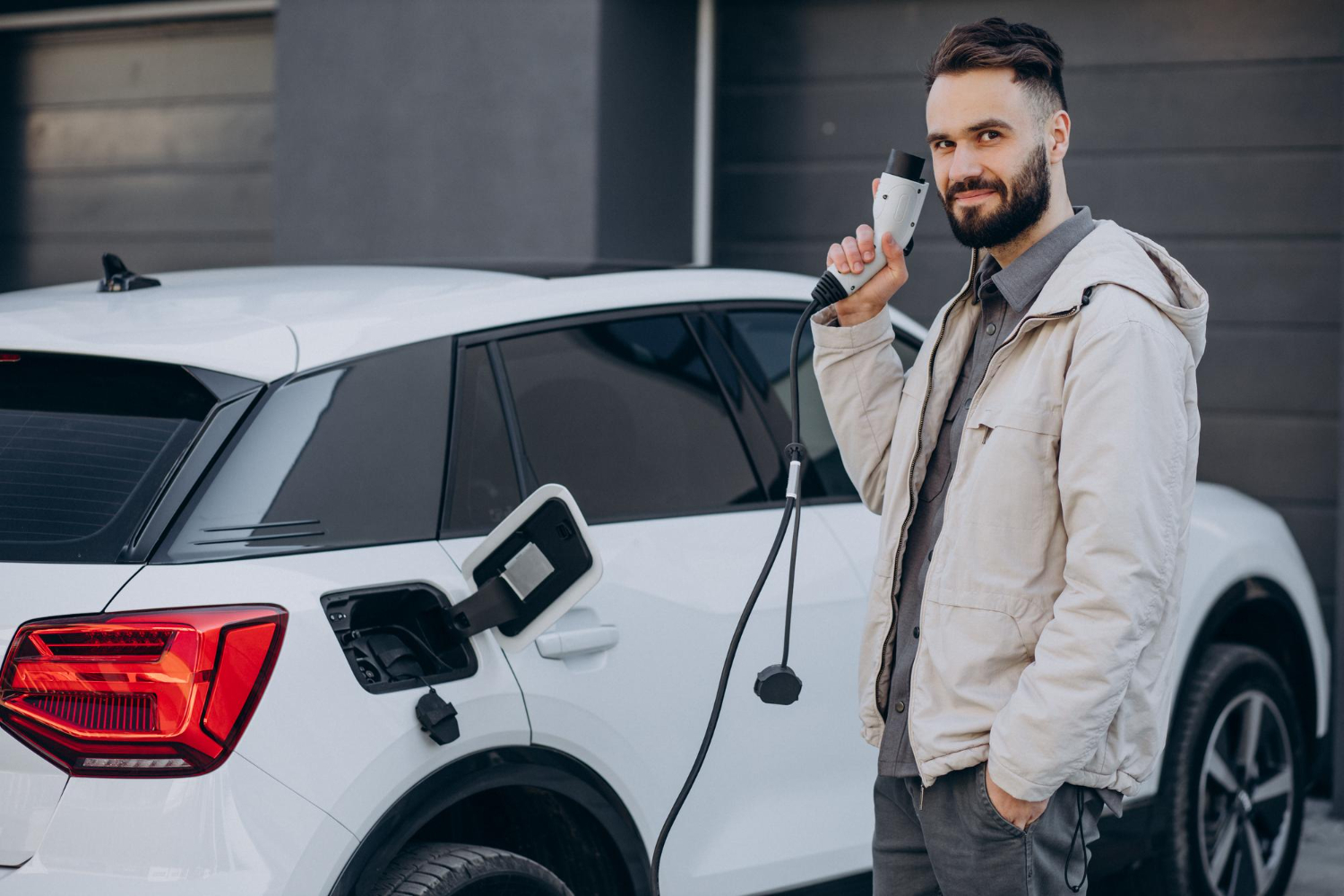
EV Charging 101: Everything a New Owner Needs to Know
- By SDC EV
So, you’ve just bought your first electric vehicle—congratulations! You’re now part of a growing movement that’s transforming how we move and how we think about energy. But there’s one question that every new EV owner has:
“How do I charge my car?”
The answer isn’t complicated—but it is different from the gas station routine. This guide will walk you through the basics of EV charging, from plug types to charging speeds to how much it’ll cost to keep your EV powered up.
Let’s plug in.
The Three Types of EV Charging: Level 1, Level 2 & DC Fast Charging
EV charging comes in three main levels—each with different speeds and use cases.
✅ Level 1 (Slow Charging)
Source: Standard 120V home outlet
Speed: ~8–10 km of range per hour
Best For: Overnight home charging or emergency top-ups
Pros: No extra equipment needed
Cons: Extremely slow
Think of this as a basic charger—fine if you drive short distances and can plug in every night.
✅ Level 2 (Home & Public Charging)
Source: 240V outlet (like an AC or washing machine)
Speed: ~20–50 km of range per hour
Best For: Daily charging at home or public stations
Pros: Much faster; available in malls, offices, and homes
Cons: Requires installation of a home charger
This is the most common and practical solution for daily EV users.
✅ DC Fast Charging (Rapid Charging)
Source: High-powered public charging stations
Speed: 80% charge in 30–60 minutes
Best For: Highway travel, road trips, commercial vehicles
Pros: Super quick
Cons: More expensive, not suitable for daily use due to battery wear
If Level 2 is your regular gym workout, DC fast charging is your sprint session—powerful but not for every day.
Connector Types: Know Your Plug
Just like charging your phone, not all plugs fit all vehicles. Here are the main connector types:
✅ AC Charging Connectors (Level 1 & 2)
Type 1 (J1772) – Common in US & older Asian models
Type 2 (Mennekes) – Widely used in Europe and India
GB/T (China standard) – Often seen in Indian public charging
✅ DC Fast Charging Connectors
CCS (Combined Charging System) – Fast becoming global standard
CHAdeMO – Used by some Japanese models (e.g., older Nissan Leaf)
Tesla Supercharger – Exclusive to Tesla vehicles (in the US and select countries)
Always check your car’s compatibility before using a public charger.
How Much Does EV Charging Really Cost?
The cost of EV charging depends on where and how you charge.
Home Charging (Level 2):
Electricity rates apply
Example: ₹6–₹8 per kWh
Full charge for a 40 kWh battery ≈ ₹250–₹320
Equivalent to spending ~₹1–₹1.5 per km
Public Charging:
Rates vary by provider and station type
DC fast charging is usually higher: ₹15–₹25 per kWh
Subscription plans and pay-per-use models available
Still, EVs remain significantly cheaper than petrol/diesel vehicles over time.
Should You Install a Home Charger?
Short answer: yes, if you have a dedicated parking spot.
A Level 2 home charger makes life easier by:
Charging overnight
Reducing dependence on public stations
Saving time and money in the long run
Most modern EVs come with compatible home charging solutions—or you can install a universal wall box charger from trusted providers.
Must-Have Charging Apps for EV Owners
Whether at home or on the road, mobile apps can help you locate, reserve, and pay at public charging stations.
Top apps in India include:
Tata Power EZ Charge
Statiq
Ather Grid
ChargeZone
PlugShare (global map with reviews)
These apps show real-time availability, connector types, pricing, and distance from your location.
Charging Tips for New EV Owners
Avoid frequent 100% charges—stay around 80% for battery health
Don’t let battery drop below 10% often
Use DC fast chargers sparingly
Keep a charging cable and adapter in your trunk
Plan road trips with charging stops mapped out
Final Charge: Your EV Journey Starts Here
Owning an EV is not just a lifestyle shift—it’s an upgrade in convenience, sustainability, and cost-efficiency. With a basic understanding of charging types, connectors, and costs, you’re already ahead of the curve.
As charging infrastructure improves and battery technology advances, the process will become even more seamless. But until then, this guide is your EV charging compass—helping you power ahead with confidence.
